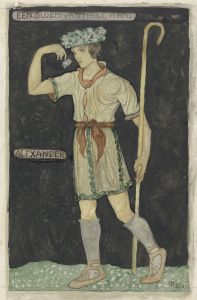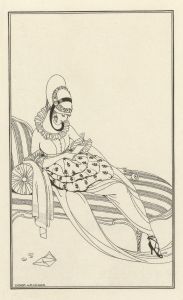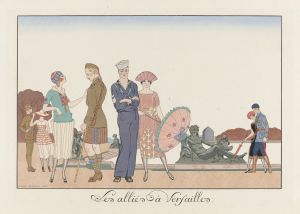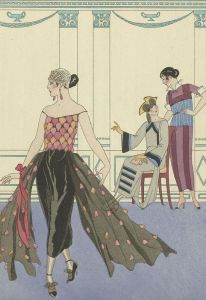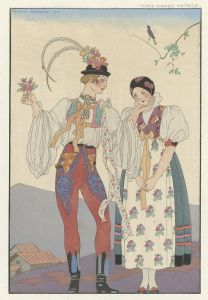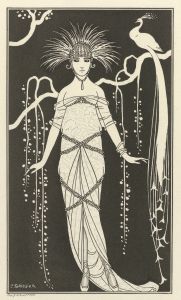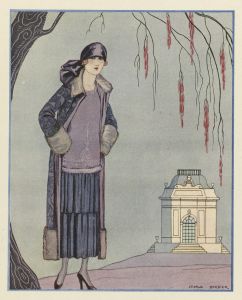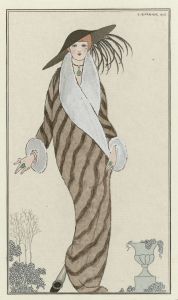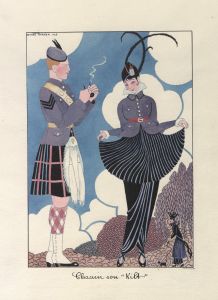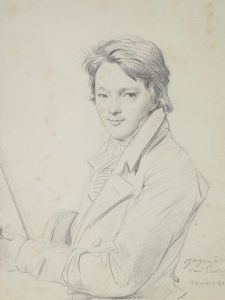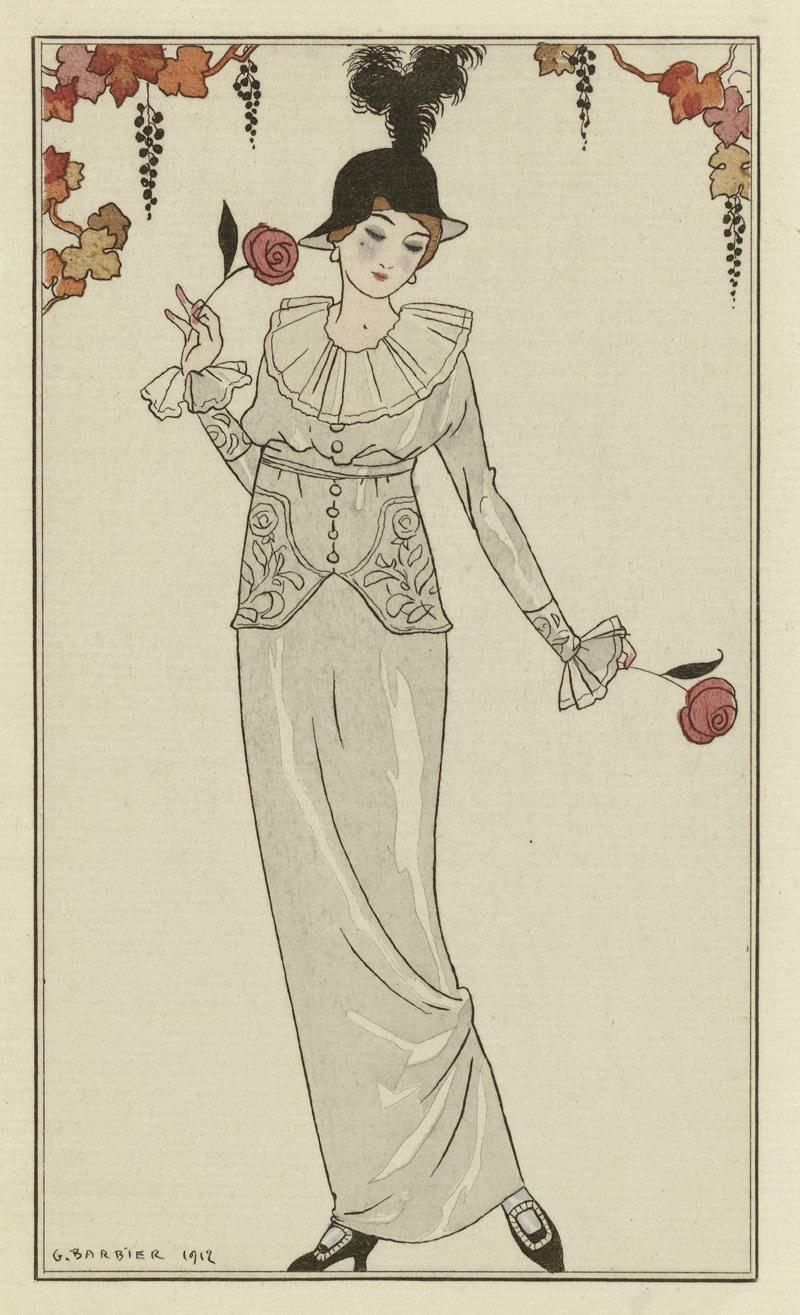
Journal des Dames et des Modes, 1912, Costumes Parisiens, no. 8
A hand-painted replica of George Barbier’s masterpiece Journal des Dames et des Modes, 1912, Costumes Parisiens, no. 8, meticulously crafted by professional artists to capture the true essence of the original. Each piece is created with museum-quality canvas and rare mineral pigments, carefully painted by experienced artists with delicate brushstrokes and rich, layered colors to perfectly recreate the texture of the original artwork. Unlike machine-printed reproductions, this hand-painted version brings the painting to life, infused with the artist’s emotions and skill in every stroke. Whether for personal collection or home decoration, it instantly elevates the artistic atmosphere of any space.
The "Journal des Dames et des Modes, 1912, Costumes Parisiens, no. 8" is an illustration by the renowned French artist George Barbier. This artwork is part of a series of fashion illustrations that were published in the early 20th century, capturing the elegance and style of Parisian fashion during that era. George Barbier, born in 1882, was a prominent figure in the Art Deco movement and became well-known for his exquisite fashion illustrations, which were characterized by their sophistication, vibrant colors, and attention to detail.
The "Journal des Dames et des Modes" was a significant publication in the world of fashion, first established in 1797 and experiencing various revivals over the years. The 1912 edition, in which Barbier's illustration appeared, was part of a revival that sought to document and celebrate contemporary fashion trends in Paris, which was considered the fashion capital of the world at the time. The publication featured contributions from various artists and writers, offering a comprehensive view of the fashion and cultural landscape of the period.
Barbier's illustration, "Costumes Parisiens, no. 8," is a testament to the elegance and innovation of Parisian fashion in 1912. The artwork typically features a stylishly dressed figure or figures, showcasing the latest trends in clothing, accessories, and hairstyles. Barbier's work is noted for its graceful lines and the way it captures the fluidity and movement of the garments. His illustrations often depicted scenes of leisure and sophistication, reflecting the lifestyle of the fashionable elite in early 20th century Paris.
The fashion depicted in Barbier's illustrations from this period often included elements such as high-waisted skirts, elaborate hats, and intricate detailing, which were hallmarks of the Edwardian fashion era transitioning into the more relaxed styles of the 1910s. The use of rich colors and luxurious fabrics in the illustrations highlighted the opulence and attention to detail that characterized Parisian fashion.
Barbier's contribution to the "Journal des Dames et des Modes" was part of a broader trend of collaboration between artists and fashion publications, which helped to elevate fashion illustration to an art form in its own right. His work, along with that of his contemporaries, played a crucial role in shaping the visual culture of fashion during this period.
The "Journal des Dames et des Modes, 1912, Costumes Parisiens, no. 8" by George Barbier remains an important piece of fashion history, offering insight into the styles and aesthetics that defined an era. Barbier's illustrations continue to be celebrated for their artistic merit and their ability to capture the essence of Parisian elegance and sophistication.






